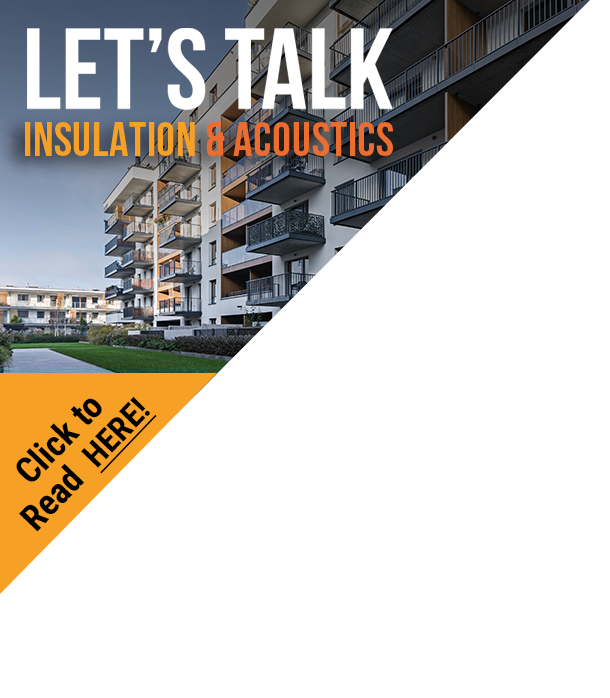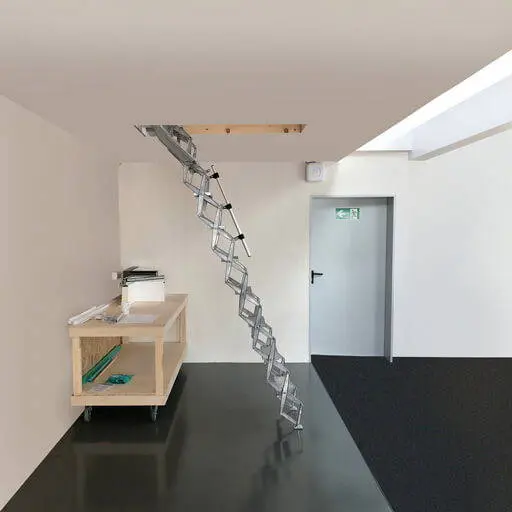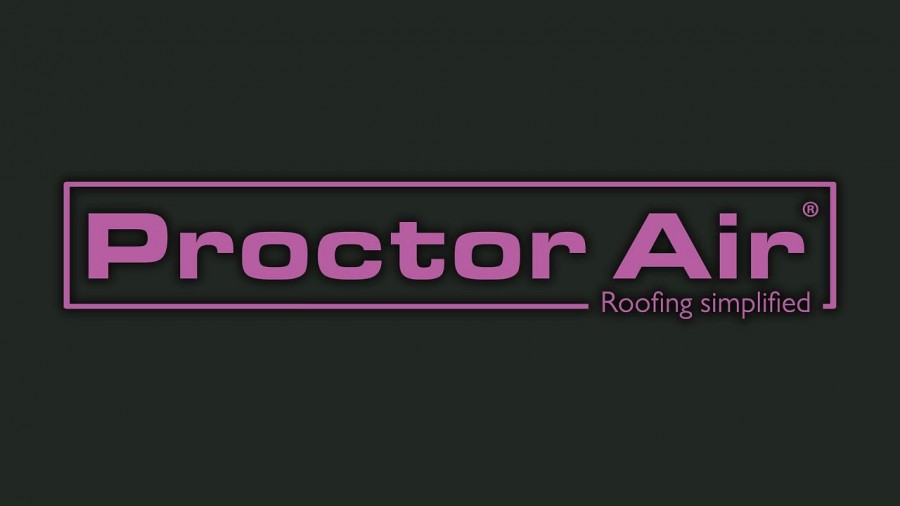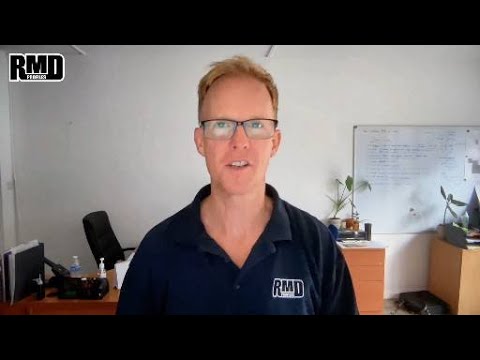Poor housing in England could be costing the National Health Service (NHS)
£1.4billion a year in treatment bills, finds a new report published by Building Research Establishment (BRE) – ‘The
Cost of Poor Housing in England’.
According to BRE’s analysis, more than half (£857 million) of this annual
NHS treatment bill can be attributed to defects in poor homes which expose
residents to excess cold, while the second biggest cost to the NHS comes from
hazards which cause people to fall and injure themselves, predominantly on
staircases. Both issues are particularly dangerous for the most vulnerable in
society, such as older people and families with young children.
BRE was able to quantify the cost of poor housing to the NHS by combining
existing data from the 2018 English Housing Survey (EHS) on health and safety
hazards in the home, with NHS treatment cost figures. According to the latest
EHS, an estimated 2.6million homes in England – 11% of the country’s housing
stock – contained at least one ‘Category one hazard’ and were
therefore considered ‘poor’. The report follows a similar study by BRE
published in 2016.

The most common Cone hazard is the risk to a fall on stairs, such as
disrepair to, or a lack of a handrail or balustrade, with over 1 million such
cases recorded in 2018. Fixing this issue alone would save the NHS £219million
a year in treatment costs. Dampness is also a common and costly issue for the
NHS, with 75,000 homes in England suffering from the most serious dampness in
2018, leading to a £38million annual bill for the NHS. In addition, there are
many more homes with non-category one dampness (less serious) which have an
impact on people’s health.
Gillian Charlesworth, CEO, BRE,
commented said the figures are a stark indicator of the impact that our
nation’s housing stock is having on residents and our public services. “Millions
of individuals and families are living in unhealthy housing – a reality that is
having a huge impact on the NHS,” she continued.
“While progress has been made to improve
the condition of housing stock in England since BRE’s last such report in 2016,
a big challenge remains, and rectifying these hazards will be crucial if we are
to reduce the burden on our public services.”
As part of the study, BRE also calculated the total cost of eliminating each
Category one hazard. From this, we can see that the cost of mitigating
risks associated with dampness, for example, would effectively be paid back in
seven years, thanks to costs saved. In total, BRE estimates that the total cost
to remedy all Category one hazards in homes in England would amount to
£9.8billion – which is around seven times the cost the NHS faces annually for
first year treatment costs from these hazards.
Within its report, BRE also identifies that, beyond the cost to the NHS,
there are ‘societal costs’ brought on by poor housing, such as those relating
to long-term care, mental health and poorer educational achievement. BRE’s
findings indicate the cost to wider society of poor housing could equate to
£18.5 billion per year.
Gillian Charlesworth concluded:
“Improving poor housing has
multiple benefits for society as a whole, beyond those that just relate to the
health of their occupants. Reduced energy costs and carbon emissions, higher
property values, and local job creation opportunities are just a few of the
other benefits that could come from improving the quality of England’s homes.
The cost burdens currently being faced by the NHS and wider society from
unhealthy housing will continue unless a targeted effort is undertaken to
improve the poorest housing stock.
“We hope these findings stimulate wider
discussions at both an industry and government level to ensure that England’s
housing stock is fit and safe, for the benefit of individuals, society and our
public infrastructure.”
BRE is recommending that further research is undertaken to inform a full
30-year cost-benefit analysis of the impact of improving poor housing in
England.




















